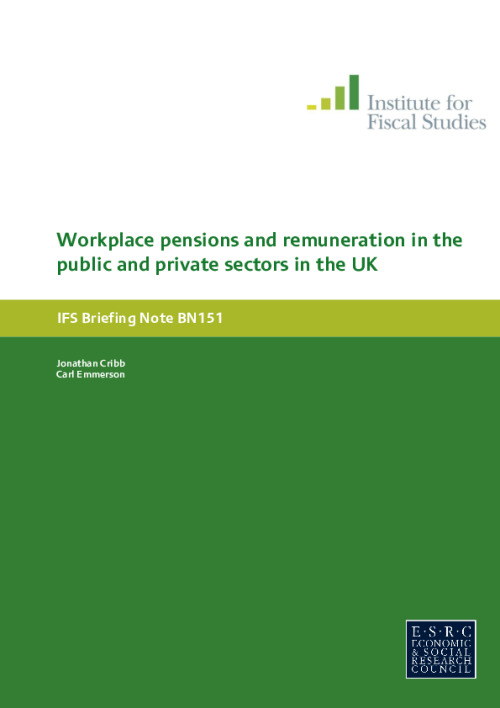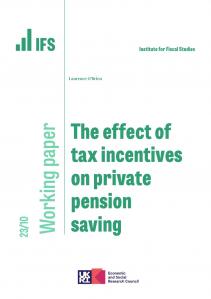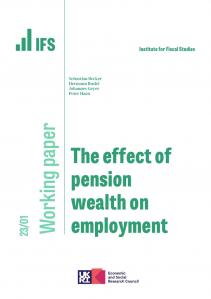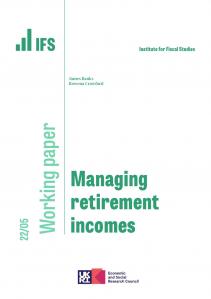There has been considerable interest in recent years in the level of pay in the public sector, and how it compares to that in the private sector, particularly in a context in which the coalition government is limiting nominal growth in public sector pay as part of its fiscal consolidation strategy. However, pay in the form of a wage or salary is not the only form of remuneration that employees receive. The promises made by employers in the form of pension rights, or the contributions made by employers to pension schemes, are an important form of remuneration, albeit of a deferred form, and one that varies between the public and private sectors.
In this briefing note, we estimate the value of employer-provided pensions and compare their value between public and private sector workers, and over time. We then assess what effect the incorporation of the value of workplace pensions has on the estimated differential between remuneration in the public and private sectors when measured just using pay. We also document how this changes over time and how it varies across different groups of the population.










